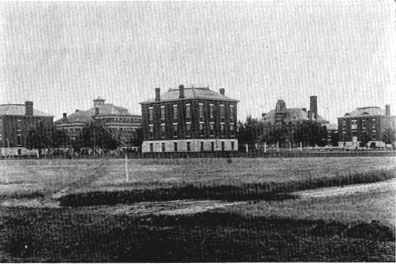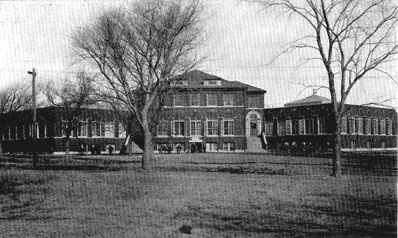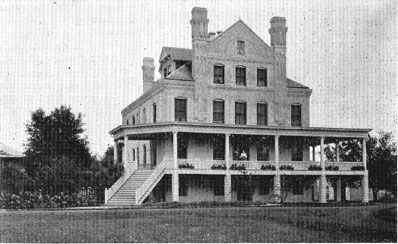|
![]()
![]()

Boys' Industrial School, Kearney of bees. The Indians were not dressed in a manner that would ward off an attack by angry bees, and they stung the half-naked Indians, causing them to dance about considerably. Mr. Stilson knew a good deal about handling bees and was afterwards a very potent factor in building up the bee industry in this state. Signalling to the Indians by sign language he told them that he could take the bees out of the tree and the honey out also. At this they released him and gave him an axe, and he cut the tree, took out the honey, brushed off the bees and gave it to the Indians to eat. His ability to handle bees without being stung so thoroughly impressed the children of the plains as being something supernatural that after guarding him for a couple of hours his guard departed, allowing him to go about his business. Mr. Stilson hitched up his team and moved out of the range of Indians without being farther disturbed. It has been known that there are but few states in the Union where so great a variety of flowers bloom as in Nebraska. Our soil is naturally adapted to growing alfalfa, and alfalfa yields nectar in abundance. Again, sweet clover has been found to thrive in this state, yielding nectar from June 1 till after the first hard frosts in the fall. This plant is fast becoming the great forage plant of the west. Not only this but a great fertilizer of sandy localities, producing tons upon tons of honey, and at the same time enriching the soil so quickly that an acre of our sand hills country will, under the cultivation of sweet clover, sustain about three head of cattle where only one can be pastured at the present time. Sweet clover thrives in every county in this state and has far greater prospect for the Sand Hills of the great northwest of this state than many might at first imagine. We have |
![]()
 |
 |
 |
© 2002 for the NEGenWeb Project by Pam Rietsch, Ted & Carole Miller

